Stranger Things (Season 4) Volume 1 Netflix Review: Shows or movies that get popular and go beyond its first entry face the challenge of going bigger (because it is better) or going deeper (because it will enrich the themes established in the first installment) or throwing caution to the wind and going absolutely bonkers (because there’s no way you’re going to meet the audience’s expectations). Stranger Things (2016-ongoing) has done all of them while consistently upping its scale.
Season 1 was a massive hit. Season 2 dug deeper into Will Byers and, via him, the larger themes of the show. Season 3 swung for the fences and lost track of the themes, the characters, and well, anything that made the show relatable. But it concluded on a heartbreaking note which set the stage for the new season. And, to be honest, Stranger Things Season 4 Volume 1 (yes, the first seven episodes of Season 4 are being released as Volume 1 and the last two episodes will be released as Volume 2) is expansive, emotionally profound and incredibly campy all at the same time.
Related to Stranger Things (Season 4), Volume 1 – ‘Eleven’ Things We Loved About Season 3
Created, directed and written by The Duffer Brothers, along with directors Shawn Levy, Nimród Antal, and writers Caitlin Schneiderhan, Paul Dichter, Kate Trefry, and Curtin Gwinn, Stranger Things 4 Volume 1 takes place a few months after the events of Stranger Things 3. The core group is pretty scattered, both literally and mentally. Joyce (Winona Ryder), a powerless Eleven (Millie Bobby Brown), Jonathan (Charlie Heaton), and Will (Noah Schnapp) are in California. Joyce is busy with her work-from-home job, Jonathan is getting stoned, Eleven is getting bullied (while lying about it to Mike), and Will is missing Mike a lot.
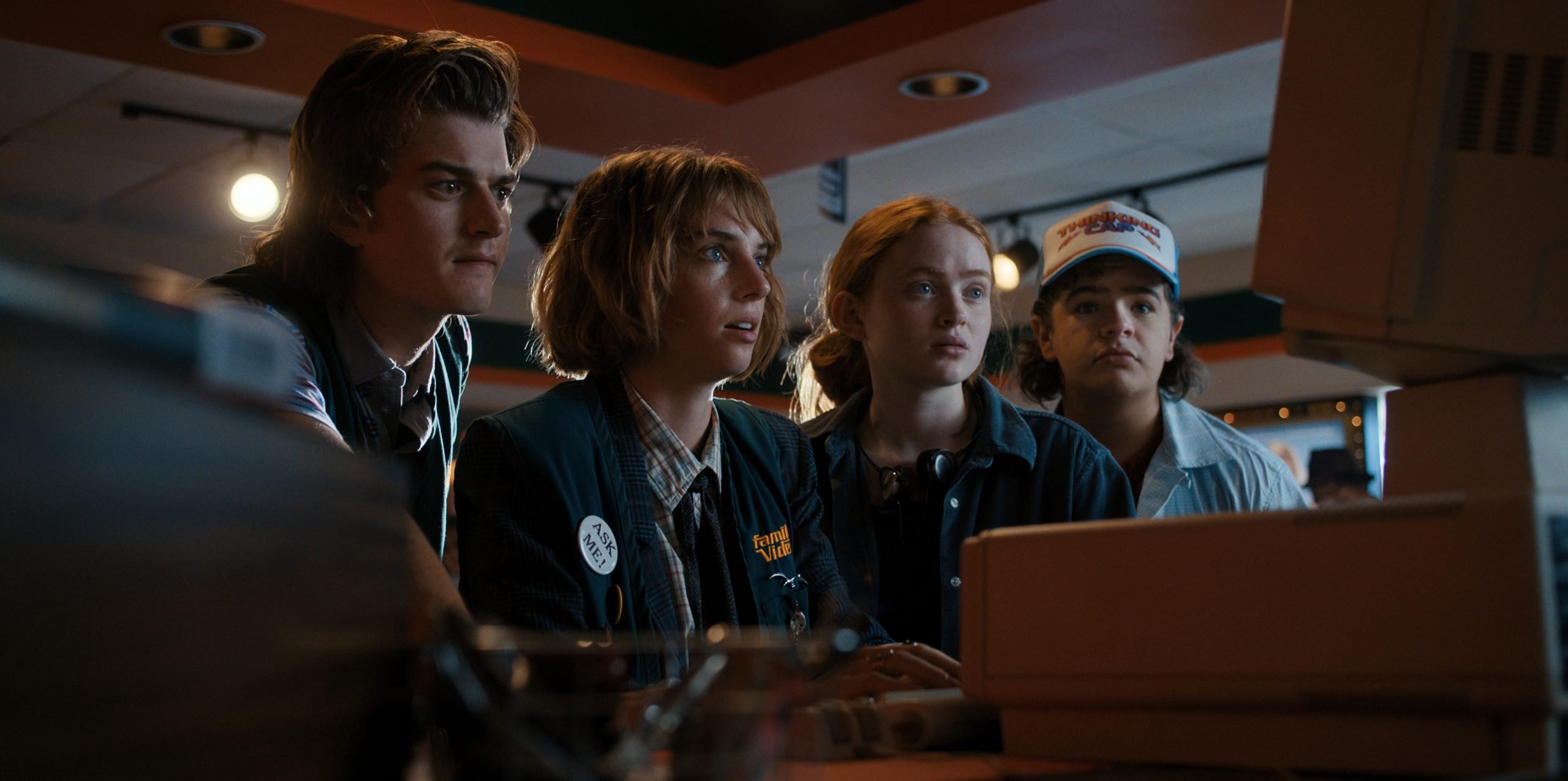
Mike (Finn Wolfhard) and Dustin (Gaten Matarazzo) are in Hawkins, continuing their passion for Dungeons and Dragons via the Hellfire Club and under the guidance of Eddie Munson (Joseph Quinn). Lucas (Caleb McLaughlin) is actively distancing himself from them to get popular with his basketball team members. Max (Sadie Sink) is still reeling with the trauma of watching Billy (Dacre Montgomery) die. Steve (Joe Keery) and Robin (Maya Hawke) are working at the video store and trying to sort out their respective chaotic love lives. Nancy (Natalia Dyer) is heading a local newspaper. Hopper (David Harbour) is stuck in a Russian prison in Kamchatka. And a new villain from the Upside Down is here, and it’s called Vecna (not revealing the name because of spoilers).
Full confession: expectations were relatively low from Season 4 because it was apparent the writers had pushed themselves into the corners they couldn’t handle in Season 3, i.e., keeping characters apart while making their journeys feel necessary and the need to save the world important. But right off the gate The Duffer Brothers and co. make it abundantly clear that they’ve heard all the critique, and they’ve sat down with the characters we love and cherish and given them emotionally satisfying missions.
Also, Read – [Season 3] Review: Back to the Teenage Nostalgia!
The introduction (and deadly fate) of certain new characters in Hawkins and the emergence of Vecna don’t seem to hit hard because they seem to be far away from the core group of characters. However, as soon as the notion that what Vecna is doing to these new characters will happen to anyone from Max to Nancy to Dustin, it gets very real, very quickly. The writers still manage to pepper these supernatural and death-defying journeys with a massive amount of humor, fun, and romance. And you will be thankful to them for that. Here’s why.
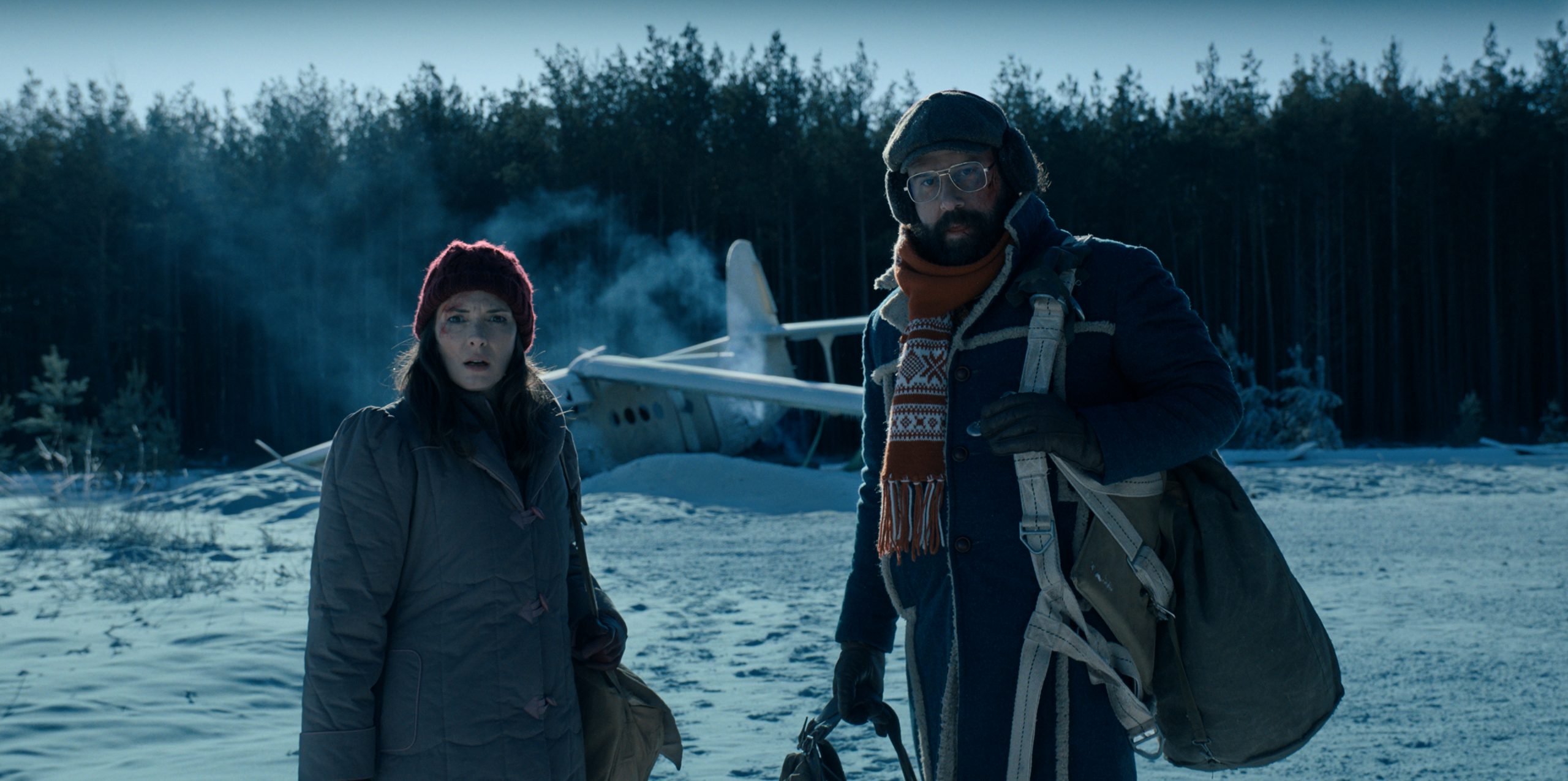
The themes on display in Stranger Things 4 Volume 1 are, for the lack of a better word, heavy. Previous seasons have delved into government surveillance, capitalism, international collusion, depression, loneliness, loss, parenthood, and friendship. This season tackles (and it is surprising that it took this long, given how it’s a small town and demonic things are involved) religion. Technically it has always been with the existence of the Upside Down. But this time, the writers strongly call out religious fanaticism and the kind of sentiment that leads to mob justice, a phenomenon that is on the rise all over the world right now. The words used in the rousing speeches, the atmosphere of the town hall meetings, the witch-hunting, it’s all so on point that it’s scary.
By sending Eleven and Hopper into their very own purgatories, the show pushes them to find their purpose again; thereby enriching the mettle of their characters. While Will’s tussles with the Upside Down (which is by extension a metaphor for Hawkins’s deepest, darkest habits and fears) have always seemed like a metaphor for childhood depression, Vecna’s curse seems like a parable for teen suicides. Everything from the victims to Vecna’s process of getting to them, the symptoms, the mark it leaves, Vecna’s origins etc., are most definitely an exaggeration of that occurrence because this is a sci-fi show. However, if you look closely, you’ll find the parallels staring right at your face. The solution to that though is rooted in reality and something one should practice regardless of their love for Stranger Things, i.e. grounding oneself with the elements that comfort them and seek out help.
Related to Stranger Things (Season 4), Volume 1 – (Season 2) – An Enchanting Reunion of the Motley Pack of Heroic Misfits
Coming to the viewing experience, and let’s be honest here again, every single episode in Stranger Things Season 4 Volume 1 deserves to be seen theatrically. There’s a lot of chatter on the internet, urging Netflix to release these episodes on a weekly basis because they need to be discussed for a week before moving to the next one. But that doesn’t quite sell the importance of soaking in this show. And only a theatrical, weekly release can do it justice. The small screen is too limiting for the Earth-shattering talent that’s on display! You can give all the focus you can muster to give every episode its due attention. However, the shrinkage of the sheer scale of it all, the detailing (on every level), and commitment to the craft is inevitable.
The balance between kinetic action and deliberately paced moments of contemplation that the Duffers, Levy, and Antal display is brilliant. They really know when things need to slow down (for the characters’ emotions to seep into your brain) and when it needs to speed up to get your heartbeat racing. The production design, art direction, SFX, and VFX (apart from a few bits of de-aging) are eye-popping-ly beautiful. The stunt work is superb. The make-up design is splendid, especially in Vecna’s case. The cinematography, with its excellent use of light, shadows, aerial shots, close-ups, and more, is goosebumps-inducing. There are scenes in the Upside Down that are so metal and gothic that it will make your jaw drop. The editing, which employs a lot of match-cutting and cross-cutting to tie various plots and sub-plots, is exquisite. The music, as usual, is fantastic. The sound design is noticeably over-the-top as it hilariously highlights the whipping of a torchlight and the opening of Vecna’s eyes with equal vigor.
As for the acting department, it’s top-notch. The core group, which is Brown, Ryder, Harbour, Wolfhard, Matarazzo, McLaughlin, Dyer, Heaton, Keery, Schnapp, and Sink, are so in tune with their characters that sometimes it feels mind-boggling. Ryder, Wolfhard, Matarazzo, Dyer, Heaton, Keery, and Schnapp get to progress their characters in a comparatively normal fashion. Brown, Harbour, McLaughlin, and Sink, though are tasked with doing various kinds of heavy-lifting (which can’t be revealed for obvious reasons), and they do it like it is a walk in the park. The supporting cast around them, which includes Cara Buono, Priah Ferguson, Joe Chrest, Matthew Modine, Maya Hawke, Brett Gelman, Rob Morgan, John Reynolds, and Paul Reiser are outstanding. Especially Hawke and Gelman, who knock it out of the park in their respective scene-chewing moments.
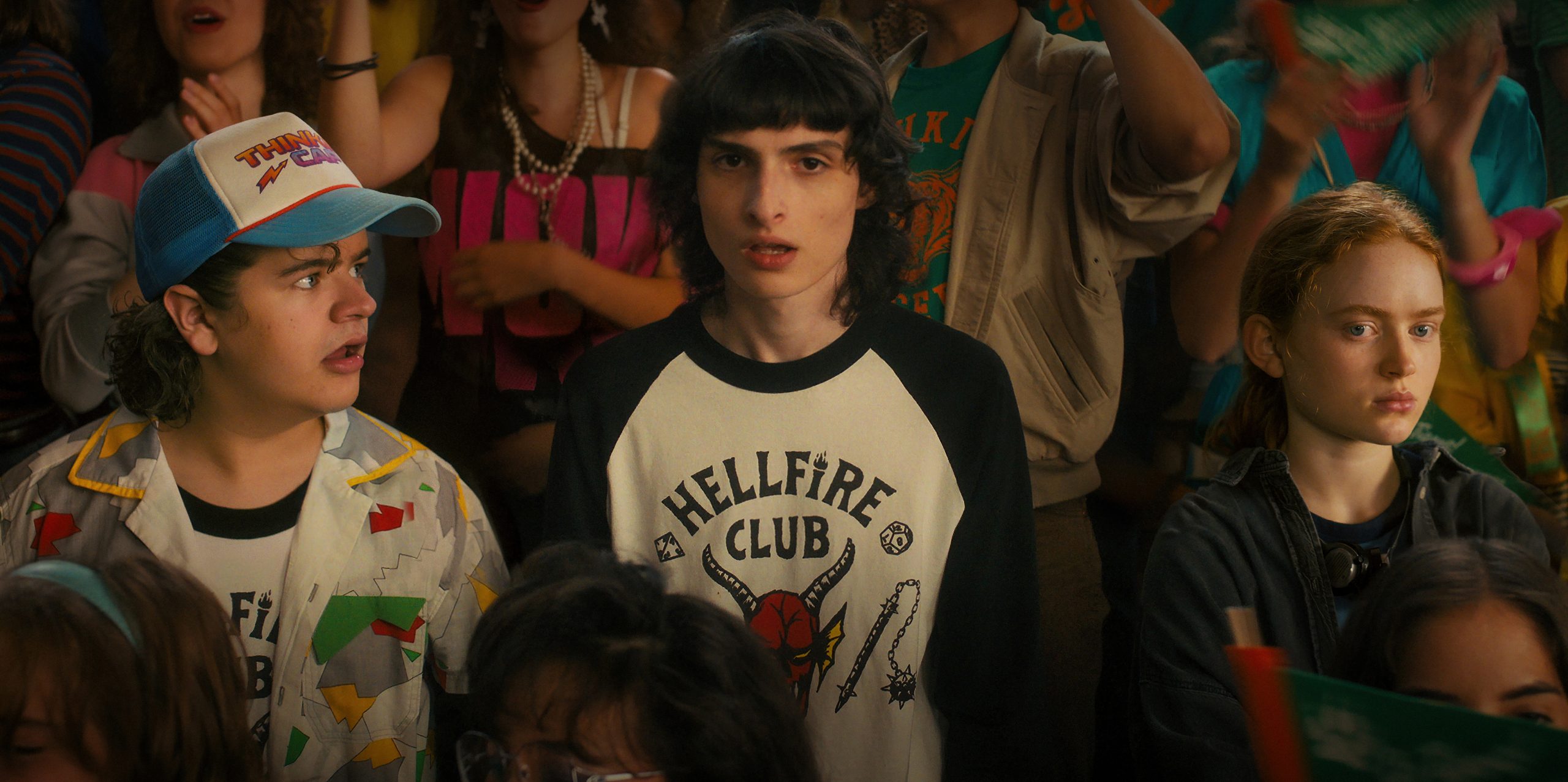
The newer additions include Jamie Campbell Bower’s Peter Ballard, Eduardo Franco’s Argyle, Joseph Quinn’s Eddie Munson, Robert Englund’s Victor Creel, Tom Wlaschiha’s Dmitri, and Jason Carver’s Mason Dye, amongst many others. Without giving away too much, Englund is probably just here because of the A Nightmare on Elm Street (1984) homage that involves Vecna. It is both what you think it is and not what you think it is. Franco is effortlessly hilarious. Joseph Quinn is a revelation. The way he essays Munson’s paranoia, geekiness, cynicism, and eventual positivity is infectious. Jason Carver’s portrayal of Mason is a perfect blend of annoying and scary. Wlaschiha is effective in the few scenes he’s in. Now, as for Bower, all that can be said is that after watching a hypnotic monologue by him, you’ll wonder why he hasn’t been getting every role in the world. Yes, he’s that good.
In conclusion, Stranger Things Season 4 Volume 1 is an undeniable winner as a drama based in the sci-fi, and horror genre and a blockbuster-level visual spectacle. As mentioned before, popularity is amazing and all, but it’s dangerous too. In the current culture of constant consumption of content, it can destroy the soul of art and the joy of creating it. But Season 4 is proof that the Duffer Brothers, along with the hugely talented team working with them, have done the impossible. They’ve fed the demon that is made of fans constantly demanding answers for every unattended plot point and corporations demanding more of the same, spawned character-driven journeys with real-life relevance, and crafted visuals that are worthy of all the applause in the world. And, if it isn’t clear already, that makes Stranger Things Season 4 Volume 1 a must-watch.
Stranger Things (Season 4), Volume 1 streams on Netflix from May 27, while Volume 2 lands on July 1
Trailer
https://www.youtube.com/watch?v=yQEondeGvKo

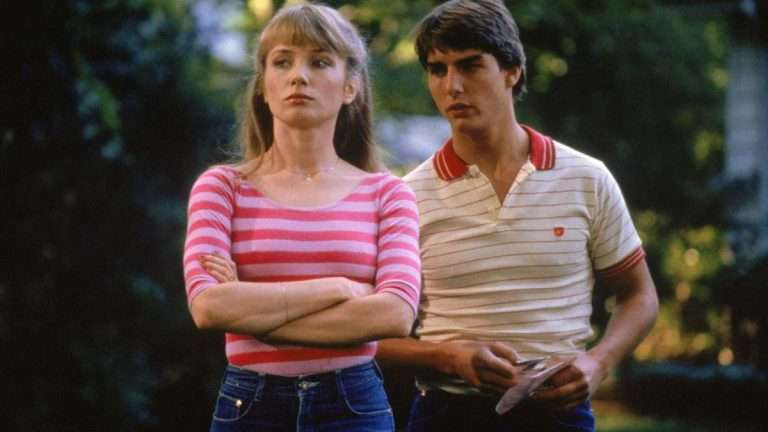
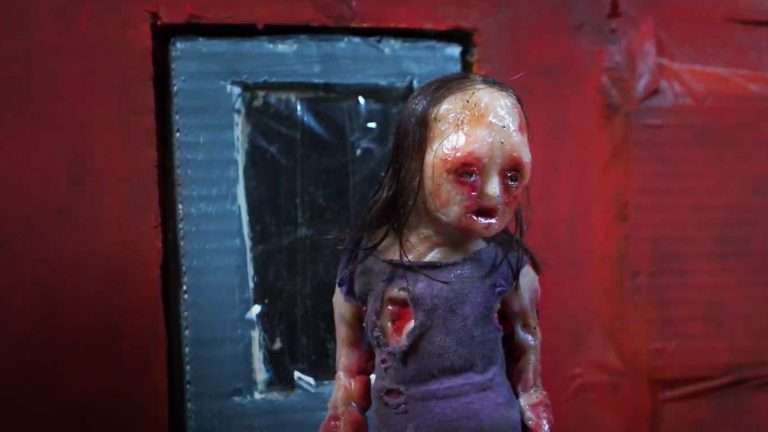
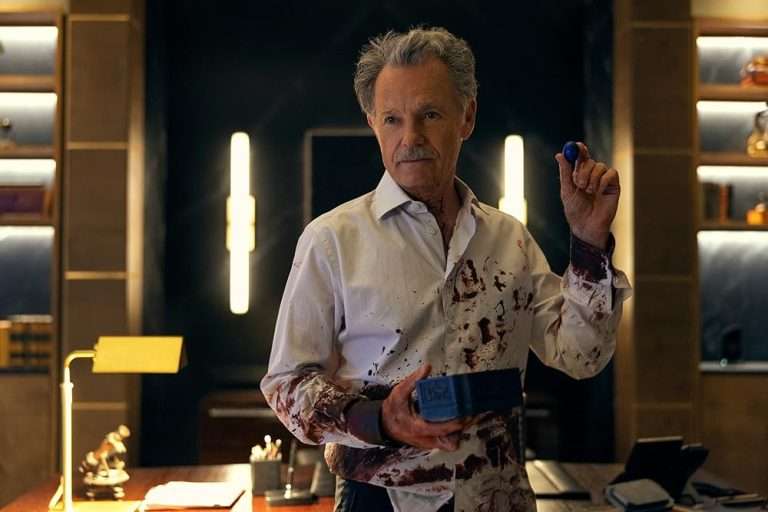
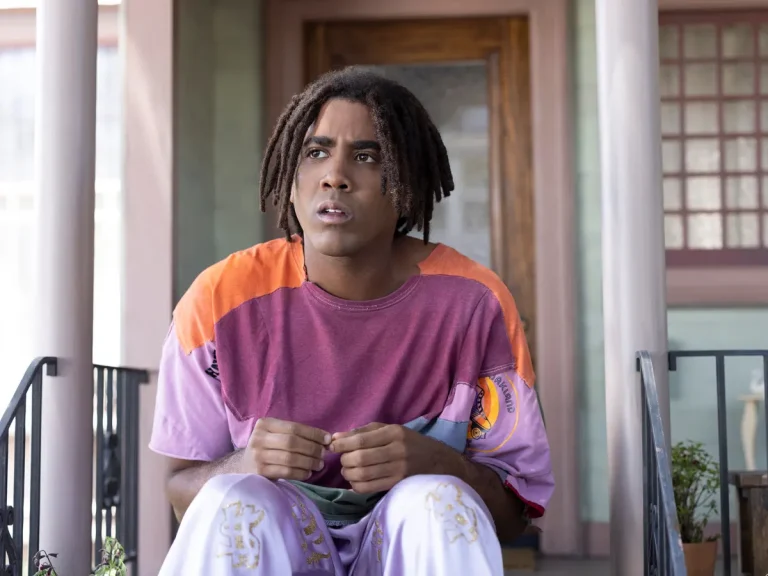
![No Fathers in Kashmir [2019]: ‘HFF’ Review – An Outsider’s perspective that imperfectly tells the story of Kashmir](https://79468c92.delivery.rocketcdn.me/wp-content/uploads/2019/05/No-Fathers-In-Kashmir1-768x419.jpg)
